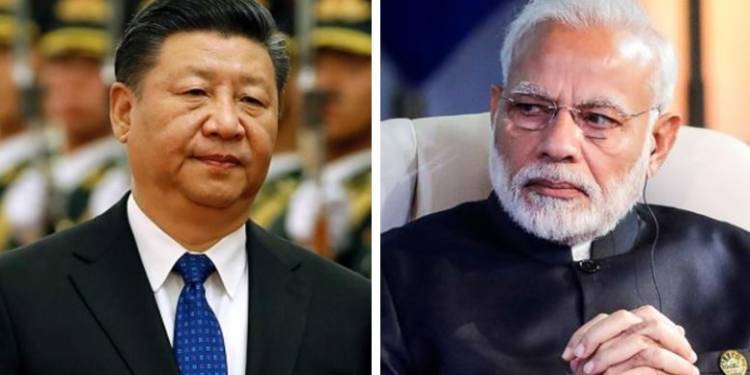China is finding it hard to hide the humiliation that it is suffering at the hands of the Indian armed forces in Eastern Ladakh. The Chinese People’s Liberation Army (PLA) wanted to overpower India at the Line of Actual Control (LAC)- effective Indo-Tibet (China administered) border. However, it ended up getting a bloody nose from India’s battle-hardened troops.
Now, China is shifting focus towards the Brahmaputra- the lifeline of India’s Northeast. China wants to build a gigantic hydropower project on this trans-boundary river. With this, Beijing plans to avenge the humiliation it faced in Eastern Ladakh, by causing severe droughts in India’s Northeast. China also wants to create the strategic leverage of causing flash floods in India’s downstream cities during conflicts between the two Asian giants. But this is actually a plan destined to fail from its very inception.
China might have wanted to make yet another Mekong out of Brahmaputra. But India seems to have pre-empted the paper Dragon. As soon as China started to push the envelope for constructing a “super” dam on the lower reaches of the Yarlung Zangbo River (as the Brahmaputra is called in Tibet) close to the Line of Actual Control (LAC), India started putting diplomatic pressure on China.
External Affairs Ministry Spokesman Anurag Srivastava said, “As a lower riparian state with considerable established user rights to the waters of trans-border rivers, the government has consistently conveyed its views and concerns to Chinese authorities and urged them to ensure that the interests of downstream states are not harmed by any activities in upstream areas.”
India also came up with a plan to mitigate any possible risks arising out of China’s dam-building ambitions. As a countermeasure, India is reportedly considering plans to build a 10 Gigawatts (GW) hydroelectric project on the Brahmaputra river, which could help avoid any possibility of drought in the region. Reuters quoted T.S. Mehra, a senior official in India’s Water Ministry as saying, “The need of the hour is to have a big dam in Arunachal Pradesh to mitigate the adverse impact of the Chinese dam projects.”
The nature of the Brahmaputra river is such that it flows as a thin stream of water as the Yarlung Tsangpo in Tibet. It takes the form of a mighty River only when it enters India. Therefore, China doesn’t really have a lot of strategic leverage when it comes to the Brahmaputra.
The trans-boundary river originates from the remote Mount Kailash in Tibet and travels up to the Yarlung Tsangpo Grand Canyon, in the form of a shallow river. Even in the area known as Yarlung Tsangpo Grand Canyon, damming the River is an insurmountable challenge. This is the deepest Canyon in the world and if China has to use the River for any practical purpose, it would have to lift the water a few thousand metres which would make the entire project too expensive and imprudent.
Any major dam construction on the Brahmaputra by India in its Northeast region would help it in setting off the challenges that China could pose by nefarious activities like shifting the course of the trans-boundary River. Beijing might have plans to avenge the humiliation that it is facing in Ladakh, but its absurd plans are set to fail right from the word go.
